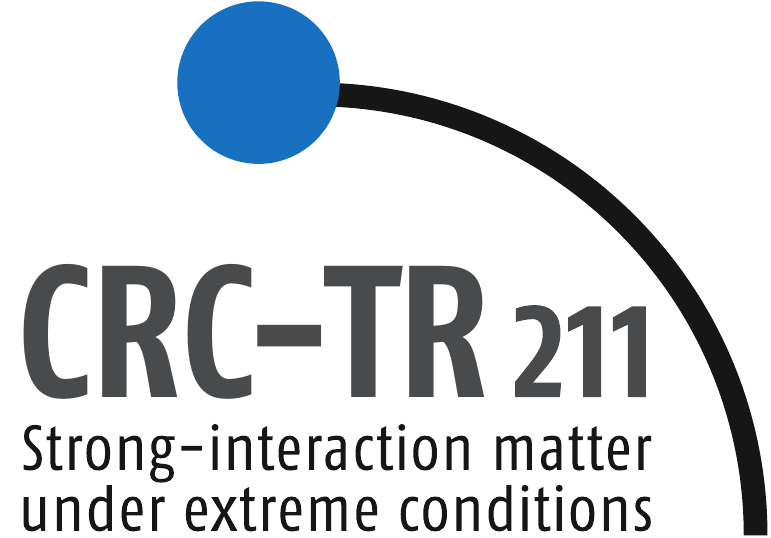 Nuclear Physics Seminar
Nuclear Physics Seminar
 Nuclear Physics Seminar
Nuclear Physics Seminar
Venue: Physics Building, Max-von-Laue-Str. 1, PHYS 02.116
Time: Thursday, February 03, 4:30pm (s.t.)
Contact: hees@itp.uni-frankfurt.de
Significant strangeness enhancement and radial flow have been observed
in high-multiplicity pp collisions at LHC. The origin of these effects
is still under debate, but most likely indicate that proton-proton
collisions cannot be seen as incoherent sums of parton-parton
collisions, an idea that has been central in most proton-proton
generators, for example PYTHIA.To accommodate the new ALICE results,
different models introduce final state effects of very different
phenomenological origin. Multi-differential strange particle production
studies can be used as key tool to discriminate among different final
state effects at play
In this contribution, new and more differential measurements are
presented, making use of event-shape techniques and two-particle
correlation functions to study final-state topologies:
the transverse spherocity, which aims to classify
events based on the azimuthal topology.
the self-normalized Underlying Event (UE) activity,
𝑅T, which allows the UE to be significantly suppressed or enhanced.
two-particle Ξ-hadron correlations, to study
associated strangeness production.
Using observables that control the hard-to-soft ratio and the UE, one
gains novel insights into the mechanism responsible for the QGP-like
effects in small systems. The results will be presented for a large
variety of strange and non-strange hadrons and resonances ($\pi$, K,
$\mathrm{K}_0^*$, p, $\phi$, and $\Xi$) and will be compared to
calculations using both PYTHIA 8 and EPOS LHC event generators.
The colloquium will be streamed but not recorded.
Zoom link: https://uni-frankfurt.zoom.us/j/2848286010?pwd=VmtCY1RCc1hpVStKd0RibFBpc1IzZz09